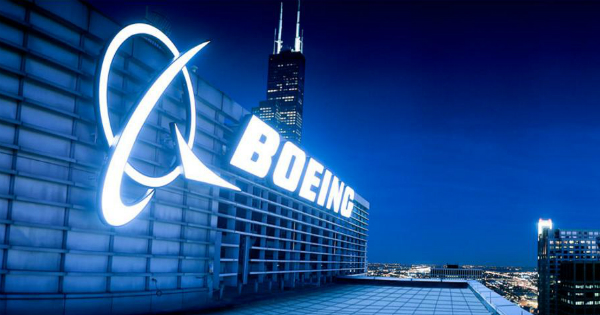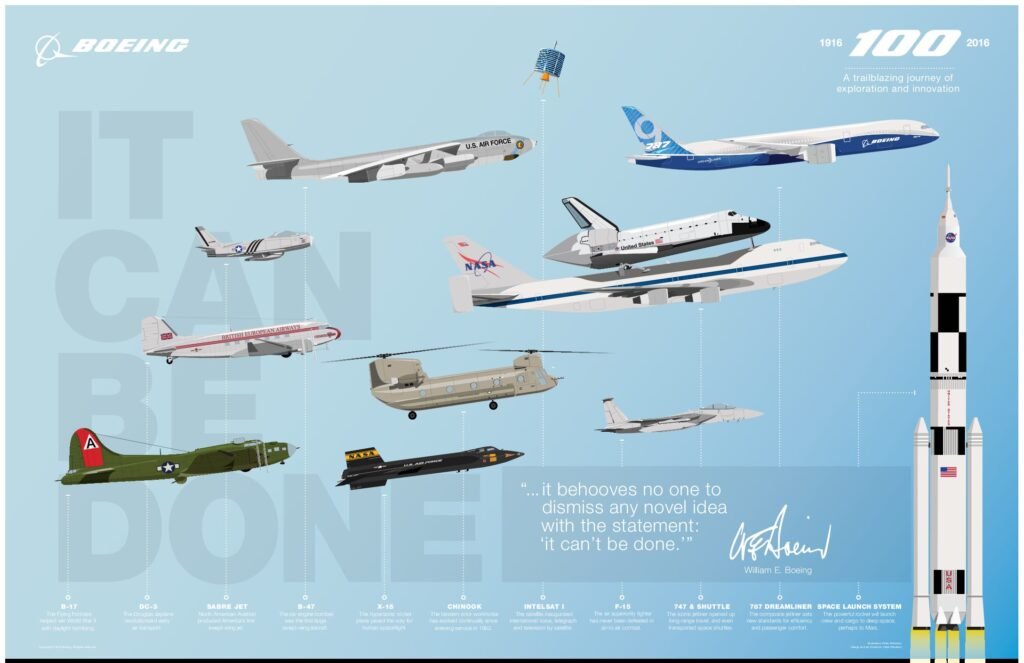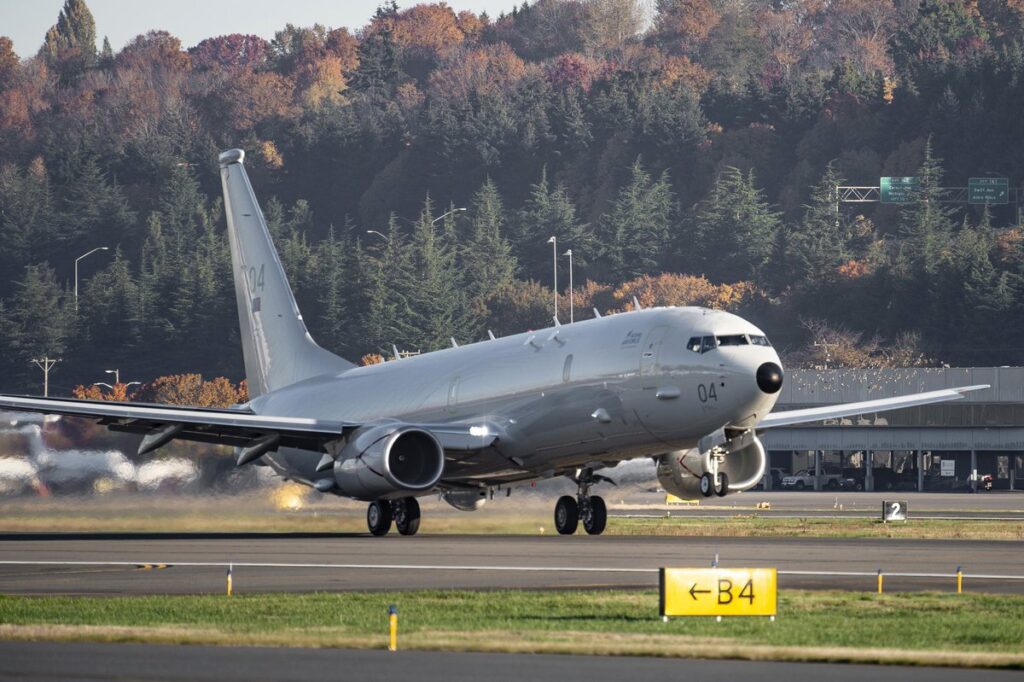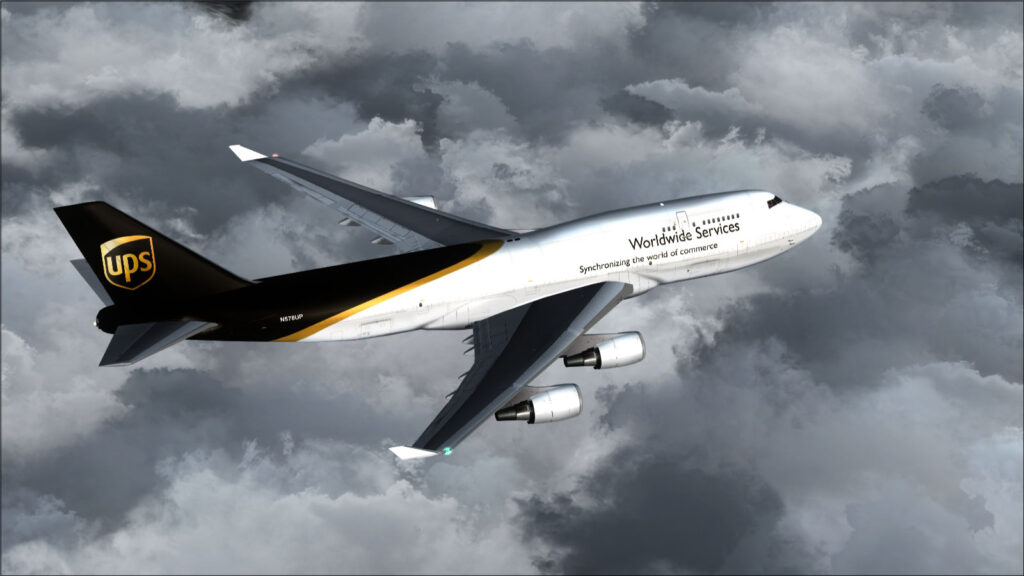Boeing announces fourth quarter deliveries
Arlington, Virginia, January 9, 2024 - The Boeing Company (NYSE: BA) announced today major program deliveries across its commercial and defense operations for the fourth quarter of 2023. The company will provide detailed fourth-quarter financial…



